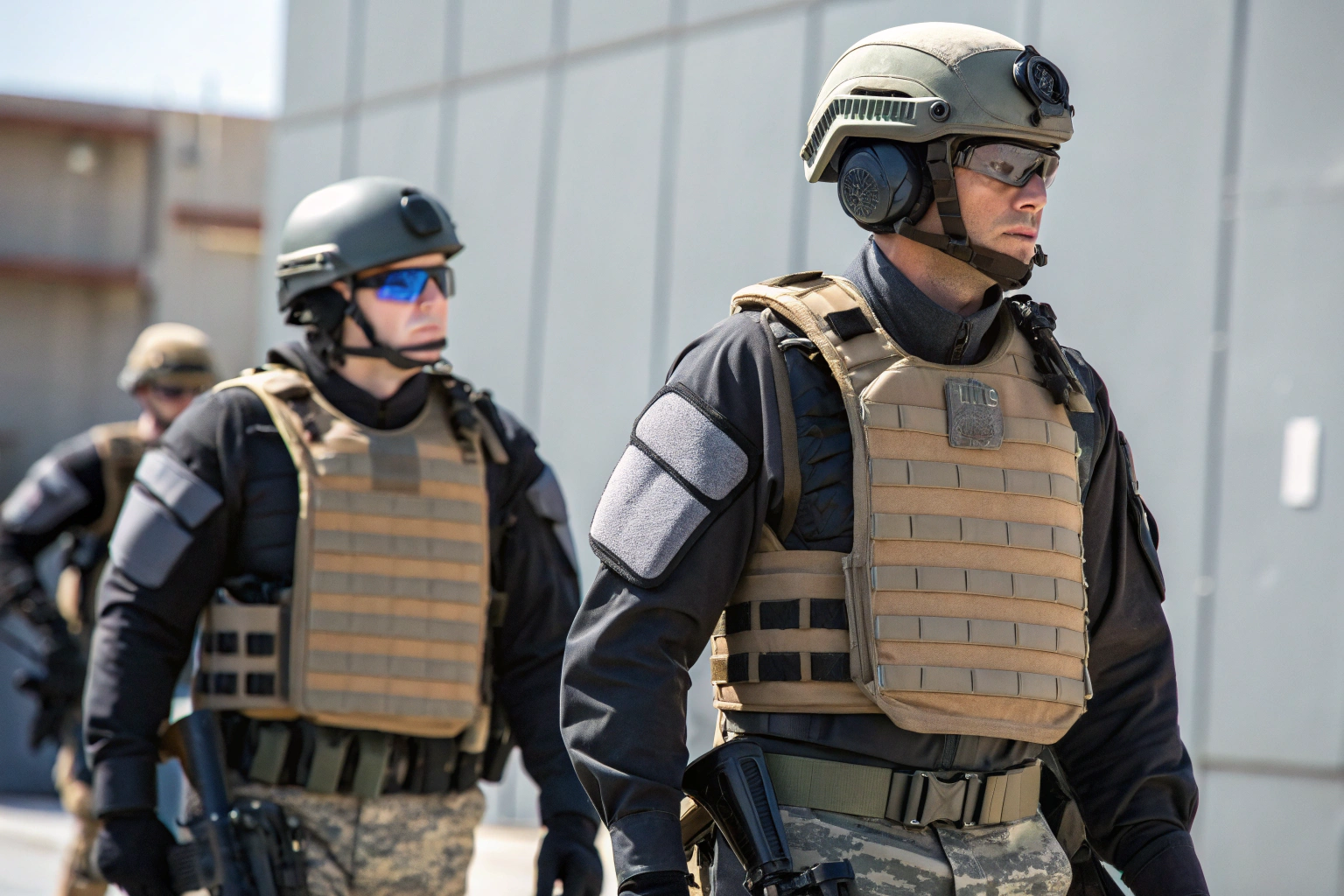Shear-Thickening Fluid (STF) impregnated armor is revolutionizing how we think about personal protection. For decades, the challenge has been balancing flexibility with strength—traditional armor offers rigidity and protection but at the cost of comfort and mobility. STF materials, however, provide a smart solution. They remain soft and pliable under normal conditions but instantly harden upon sudden impact, such as a strike, stab, or ballistic force. This dual nature makes STF armor one of the most promising innovations in protective textiles.
STF armor is gaining recognition as a safer, lighter, and more adaptable alternative to conventional body armor. Instead of forcing users to choose between comfort and protection, STF fabrics merge both qualities into one design, making them increasingly attractive to military, law enforcement, and civilian markets.
The global demand for STF-impregnated armor is growing, as industries search for advanced protective gear that improves safety without limiting movement. With rising threats and evolving tactical environments, the adoption of STF armor is only expected to accelerate.
How Does Shear-Thickening Fluid Work?
Shear-Thickening Fluid is a non-Newtonian fluid, meaning its viscosity changes depending on the force applied. Under slow or gentle movement, STF flows like a liquid, allowing fabrics to remain flexible and comfortable. However, when struck with sudden force, the fluid’s particles lock together, creating a temporary solid barrier. This rapid transformation absorbs and disperses impact energy, making it highly effective for protective applications.
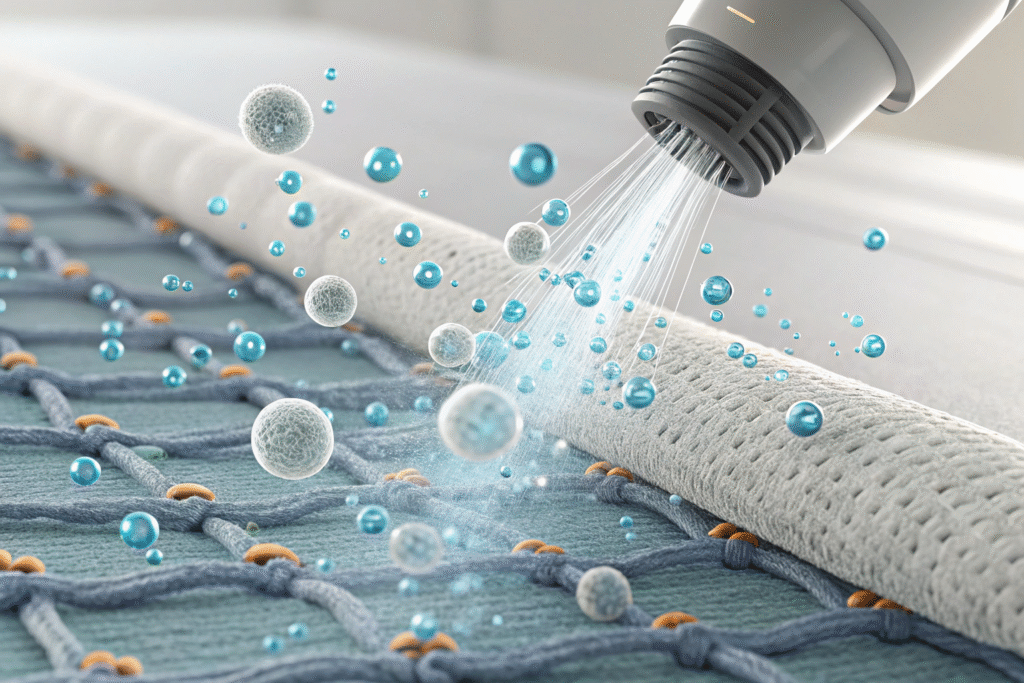
Why is STF Different from Other Fluids?
STF differs from traditional fluids because of its microscopic silica particles suspended in a carrier liquid. When impacted, these particles jam together, resisting motion and forming a shield. Unlike rigid armor plates, STF armor immediately returns to its flexible state after the force is removed. More about non-Newtonian fluids can be found at ScienceDirect and detailed textile studies are available through Textile Research Journal.
Can STF Handle Ballistic Threats?
STF alone cannot stop high-velocity bullets. However, when impregnated into woven fabrics like Kevlar, it significantly enhances their protective capacity. STF-treated textiles reduce blunt trauma by spreading impact force over a larger area. Researchers at NIJ and tests at Advanced Materials Journal confirm STF’s ability to improve both stab and ballistic resistance without increasing fabric weight.
What Are the Benefits of STF-Impregnated Armor?
STF-impregnated armor offers multiple advantages compared to traditional protective gear. Its balance between flexibility and safety makes it one of the most desirable materials in modern textile engineering.
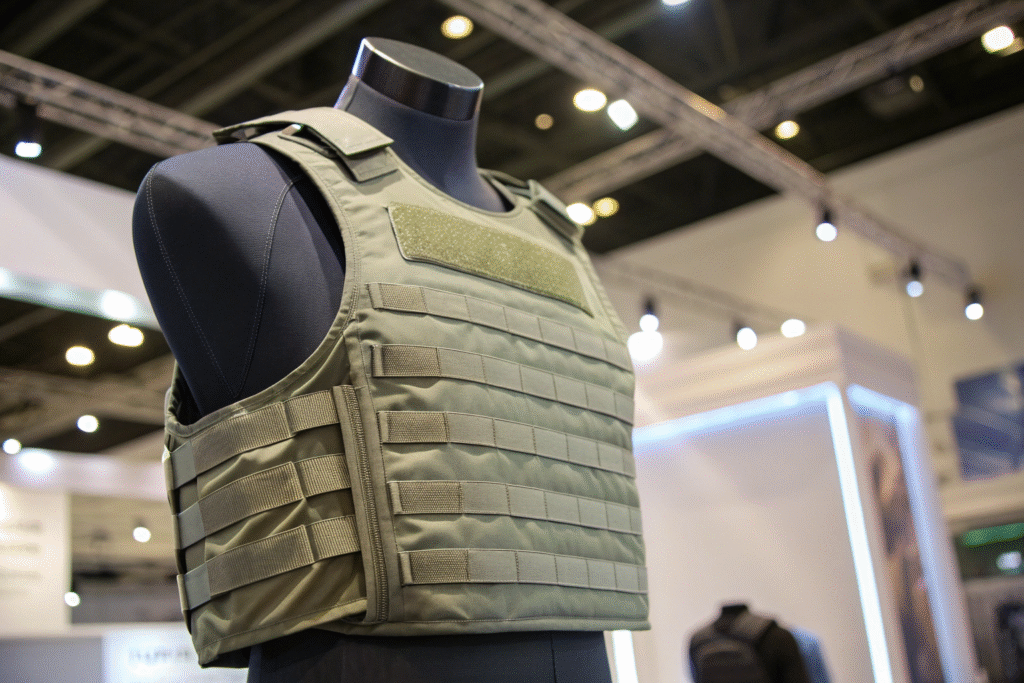
Is STF Armor More Comfortable to Wear?
Yes, comfort is one of STF armor’s strongest selling points. Traditional ballistic vests can be bulky and restrict movement, making them difficult for long-term wear. STF-treated fabrics remain light and breathable, allowing soldiers, police officers, and even civilians to move naturally while maintaining strong protection. Research on textile ergonomics is well-documented by NCBI and user comfort in tactical wear is explored at Military Times Gear Reviews.
How Does STF Improve Safety in Stab and Slash Protection?
Unlike rigid armor, STF-impregnated fabrics conform to the body and resist sharp-object penetration effectively. Studies prove that STF enhances Kevlar’s resistance against knives and spikes, reducing the risk of injury during close combat. For additional references, see Springer Materials and recent textile safety evaluations on ResearchGate.
Where is STF Armor Being Used Today?
The applications of STF armor extend beyond the battlefield. Its versatility allows it to be adapted into different industries, from defense to sports.
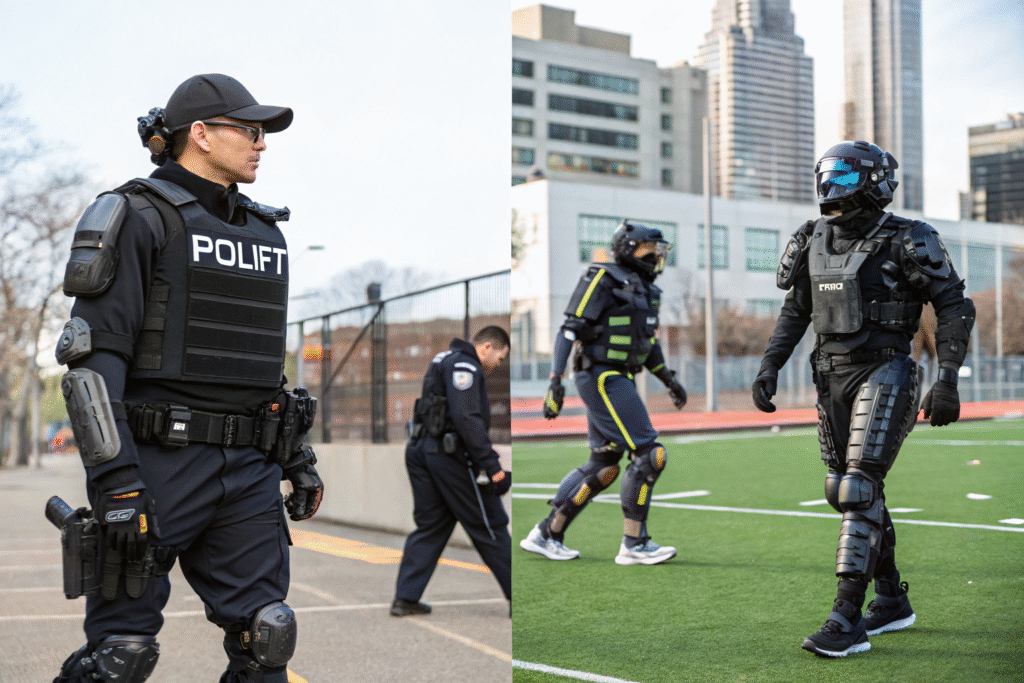
Is STF Only for Military and Police?
Not anymore. While originally designed for defense, STF technology is now being tested in sports gear, motorcycle protection, and industrial safety equipment. Brands in protective sportswear and law enforcement suppliers are integrating STF into their product lines. Examples include impact gear advancements on Protective Equipment News and studies on STF composites at Elsevier Materials Today.
Can STF Be Used in Civilian Clothing?
Yes, STF applications in fashion and personal clothing are under research. Some companies are developing jackets, motorcycle suits, and even everyday wear that use STF to enhance safety while remaining stylish. Insights on wearable technology can be found at Wearable Technologies and developments in smart textiles at MDPI Smart Textiles Journal.
What Are the Future Trends in STF-Impregnated Armor?
The potential of STF armor continues to expand with ongoing research and innovation. As materials science advances, the next generation of protective gear will likely be smarter, lighter, and more versatile.
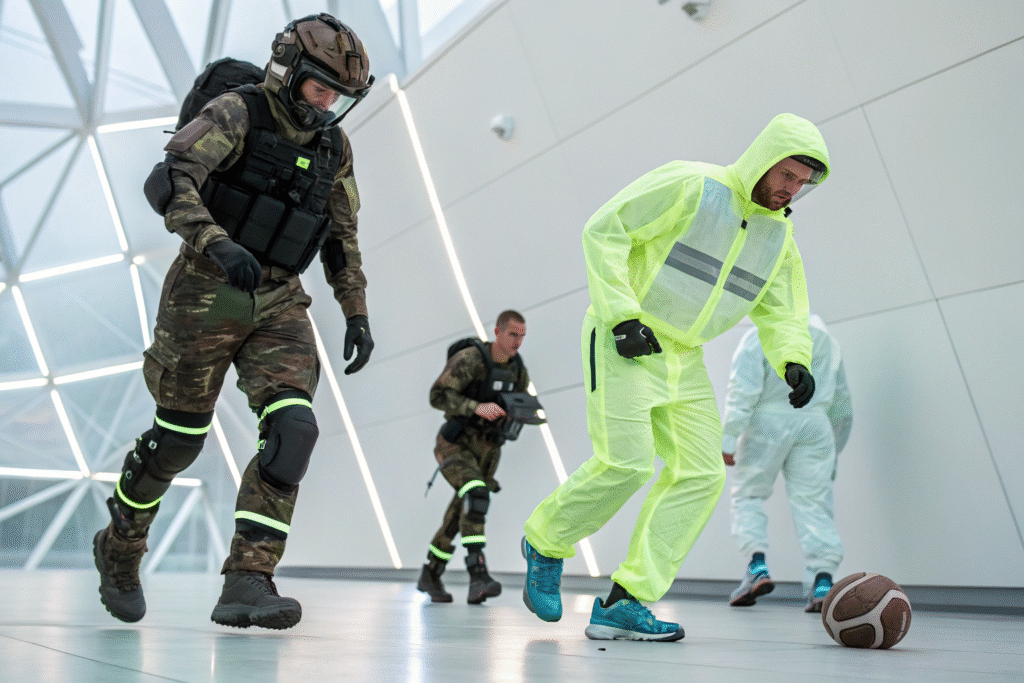
Will STF Be Combined with Smart Textiles?
Yes, researchers are exploring STF integration with electronic textiles, enabling protective fabrics to monitor body signals or environmental conditions. This opens new opportunities for IoT-enabled defense gear. Articles on smart fabrics can be found at IEEE Smart Textiles and case studies on wearable defense systems at Defense Innovation Journal.
How Will STF Affect the Fabric Industry?
STF may change how the textile and defense industries collaborate. Its lightweight and versatile design lowers production costs compared to rigid armor while enabling large-scale customization. For industry forecasts, see Markets and Markets Protective Fabrics Report and industry trend research on Textile World.
Conclusion
Shear-Thickening Fluid impregnated armor offers a breakthrough in personal protection by combining flexibility with high impact resistance. Its dual nature—soft under normal use, but instantly rigid under force—makes it ideal for military, law enforcement, sports, and civilian wear. With continuous innovations in textile technology, STF is paving the way for the future of protective fabrics.
If you are exploring how advanced textiles like STF-treated fabrics can benefit your own production, I invite you to connect with us at Shanghai Fumao. Together we can develop high-quality, customized protective textiles for your business. Please contact our Business Director Elaine at elaine@fumaoclothing.com to discuss your project.

